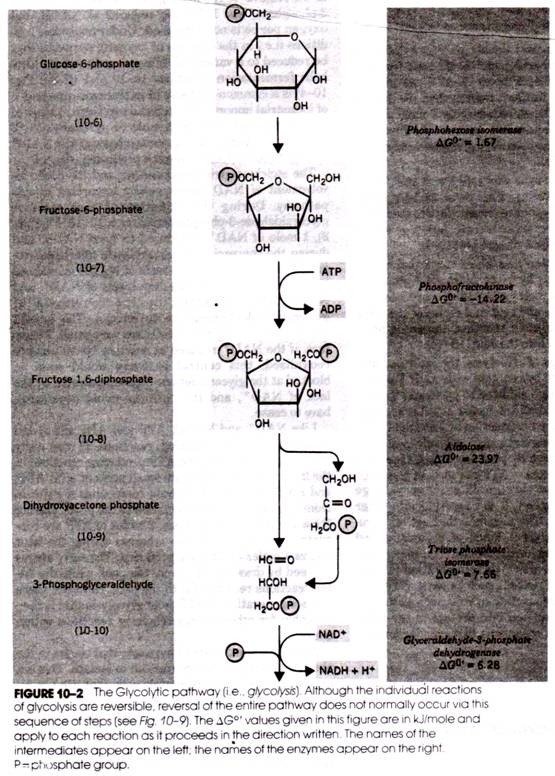In this article we will discuss about the definition of standard deviation with example. Also learn about standard error.
The standard deviation or mean error is an absolute measure of dispersion of an individual series or a frequency distribution, is the square root of the arithmetic mean of the squares of deviations of values from their arithmetic mean. This measure of dispersion was derived by Professor Karl Pearson and is also known as the mean square error or root mean square deviation from mean.
The term ‘root-mean square deviation’ is the square root of the arithmetic mean of the squares of deviations of values from any arbitrary value, and so the term standard deviation’ is a special case of the root-mean-square deviation when deviations are taken from the arithmetic mean.
Standard deviation is always represented by the small Greek letter sigma (σ). While calculating σ± signs are taken into consideration.
In a discrete series, standard deviation is calculated by applying the following formula:
σ = √∑ (x – x̅)2/N
where N is the number of observations.
Where the mean of a series is not a whole number, i.e. a fraction, the above formula will be difficult to work out and in that case the formula will be:
σ = √∑dx2/N – (∑dx/N)2
where Edx2 denotes the sum of squares of the deviations from the assumed mean.
The above two formulae, when applied to a frequency distribution will be written as follows:
σ = √∑dx2/N when deviations are taken from actual mean.
σ = √∑fdx2/N – (∑fdx2/N)2 when deviations are taken from an assumed mean.
In continuous series, calculations can be simplified if we divide the deviations of the midpoints by class Interval.
Example 1:
Object:
For the following data calculate the standard deviation:
Example. 2:
Object:
Calculate standard deviation for the following data:
Standard Error:
Standard error is the standard deviation of the statistic concerned in simple sampling. This measure of variability is widely used in the testing of statistical hypothesis.
The standard error of a sample mean (x̅) is given by the relation:
S.E. = σ/√n
Where n is the number of observations on which the mean has been calculated.
Example:
The number of bivalents observed in an examples were 7, 8, 8, 7, and 8. The mean (x̅) of these observations would be 38/5 = 7.6



